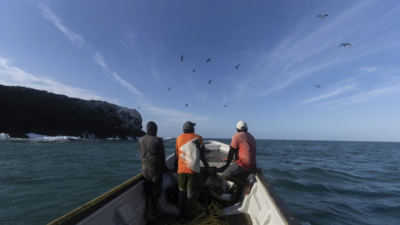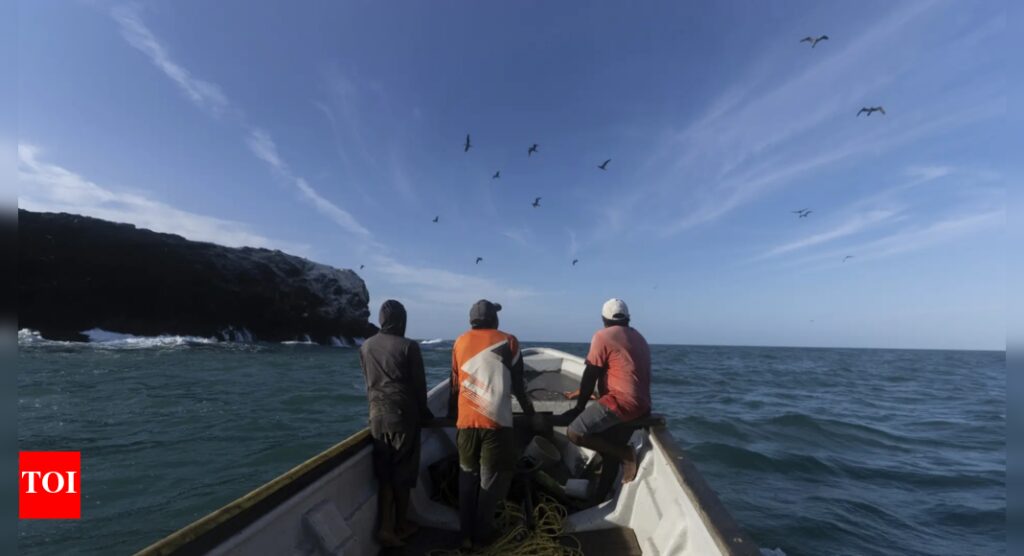
NEW DELHI: India’s fifth Marine Fisheries Census operation was initiated on Monday with validation of marine fisheries villages and launching of an exclusive mobile app at a meeting of coastal states in Mumbai. The initiative will, for the first time, make the census exercise fully digital.
The actual enumeration exercise, including family-level data collection, will be held in Nov-Dec, covering 1.2 million households in roughly 3,500 villages across the coastal region.
At present, Odisha has the highest number of marine fishing villages (739), followed by Tamil Nadu (575), Andhra Pradesh (533), Maharashtra (526) and Gujarat (280).
The focus of the census will be on recording finer details of fishers like their demographic and socio-economic status, alternative livelihood options, fishing craft and gear, infrastructure facilities associated with fishing harbours and fish landing centres, and how and where govt schemes can influence their status.
Collected through a robust online digital platform using smart devices and geo-referenced app-based digital systems, the figures will provide a detailed picture of the ecosystem in which the fisheries sector operates.
The census has been conducted every five years by the ICAR-Central Marine Fisheries Research Institute (CMFRI) since 2005. The operation on Monday was launched by Union fisheries and animal husbandry minister Rajiv Ranjan Singh.
“The app — VyAS-NAV — will be used by supervisors for field verification of fishing villages, fish landing centres and fishing harbours,” said an official statement, noting that this is the foundational step towards ensuring comprehensive coverage and accuracy of the census frame.
Singh on the occasion also launched guidelines on the Turtle Excluder Device (TED) and the Standard Operating Procedure for Vessel Communication and Support System.
Use of TED in trawler net will reduce the ‘by-catch’ and capture of non-target species during shrimp trawling, ensuring conservation and protection of endangered species with focus on turtles’ population.














